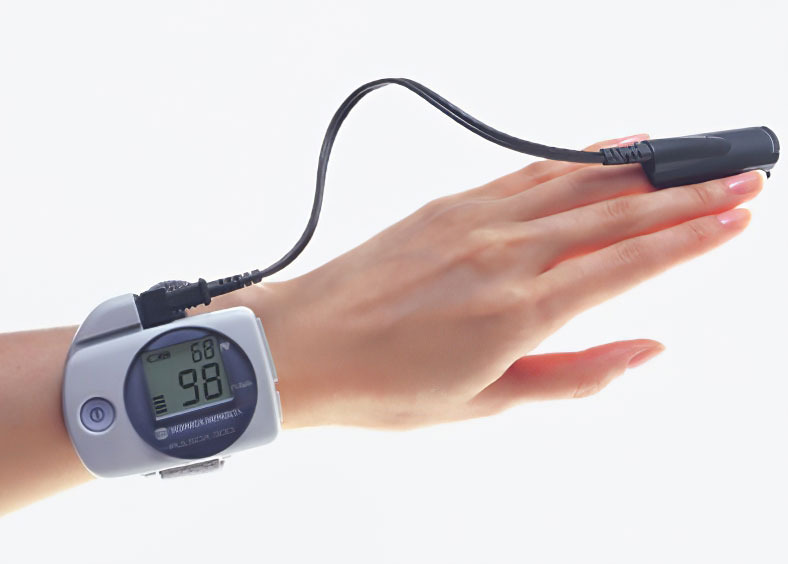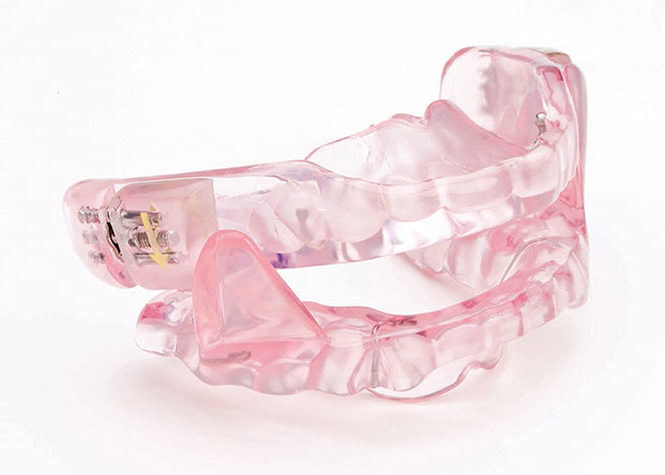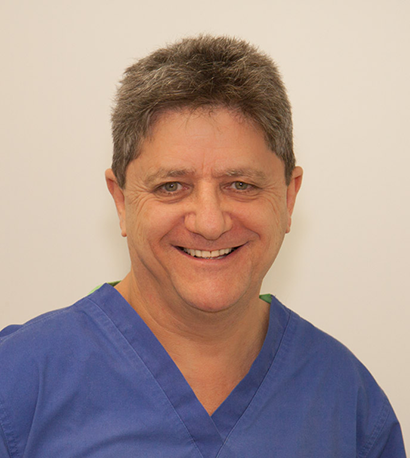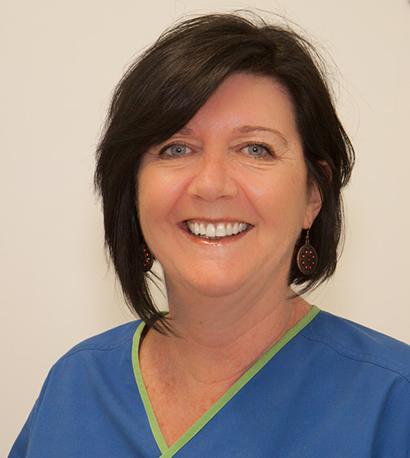Snoring and Sleep Apnoea
Dentists are playing an increasing role in identifying patients with sleep disorders.
Sleep disorders can range from mild snoring to life-threatening obstructive and central sleep apnoea.
While dentists may be important identifiers of the patients suffering from sleep disorders, they are not qualified to diagnose the specific disorders and therefore should not be treating them in the absence of a diagnosis from a sleep physician, who will usually get the patient to have a sleep-study to enable him to make the correct diagnosis.
For the more severe cases, CPAP is the usual treatment of choice.
Some patients need surgery, usually diagnosed and performed by an Ear, Nose and Throat Specialist (ENT).
A narrow, high-vaulted palate can also cause or contribute to the airway obstruction. Patients with this problem usually require orthodontic treatment to widen the palate.
For patients with mild sleep apnoea and for people who snore with no other signs of apnoea, dentists can provide great help in the form of a Mandibular Advancement Splint / Device, commonly abbreviated as MAS or MAD.
The diagnosis of sleep disorders requires a multi-disciplinary approach, with the dentist often being a critical member of the team.
Besides the reduction in quality of life for both the snorer and their bed-partner, the fatigue caused by poor sleep is a major cause of industrial and motor accidents.
To help screen patients who might have sleep disordered breathing problems, we have a Konica-Minolta 300i pulse-oximeter that we lend to patients. By recording their blood oxygen saturation levels and their heart rates, we can get a better idea of whether or not they need further investigation by a sleep physician

Our Konica-Minolta 300i pulse-oximeter

Mandibular Advancement Splint
Need more information?
For more information about our dental practice in general, or if you have a specific question about your dental care needs, please call us on (02) 8883 4560, email our dental practice at [email protected] or send us a message below and we will do our best to help you.
Are you at risk of having sleep apnoea?
Answer our two questionnaires to find out.
STOP-BANG Questionnaire
Epworth Sleepiness Score Questionnaire
How can our dental practice help you with your dental care needs?
Whether your dental care needs are a regular dental check-up or you require more comprehensive dental care, the team at our dental practice will do our best to provide you with the best possible advice and care.
Want more information about our dental practice?
For more information about our dental practice in general, or if you have a specific question about your dental care needs, please call us on (02) 8883 4560, email our dental practice at [email protected] or send us a message below and we will do our best to help you.



